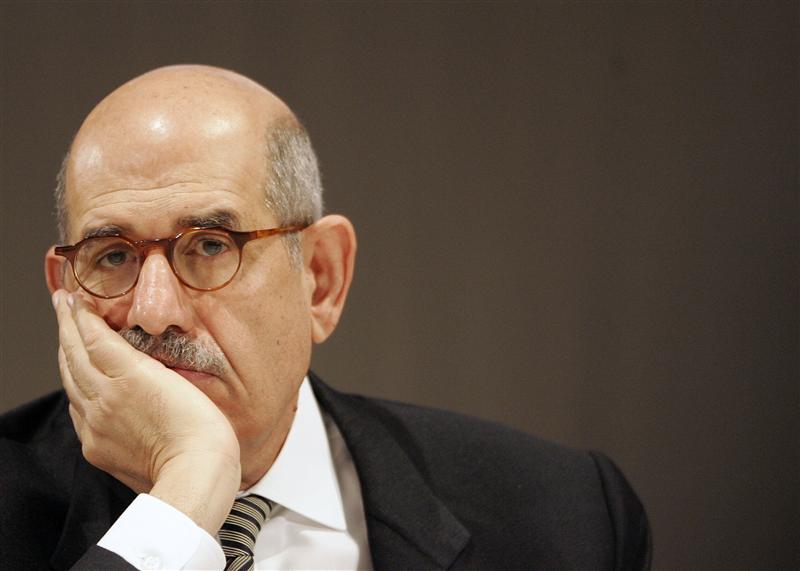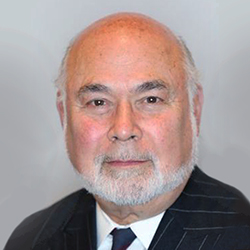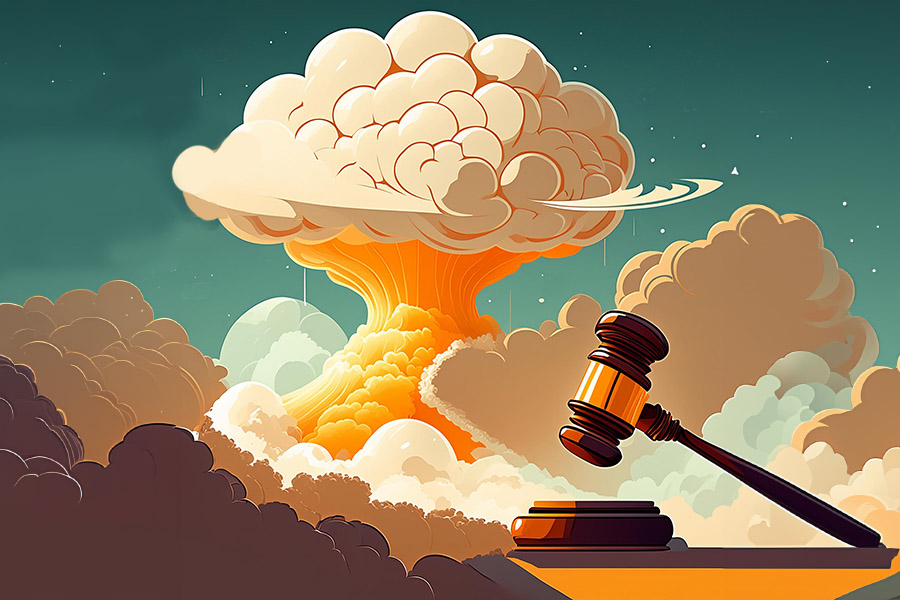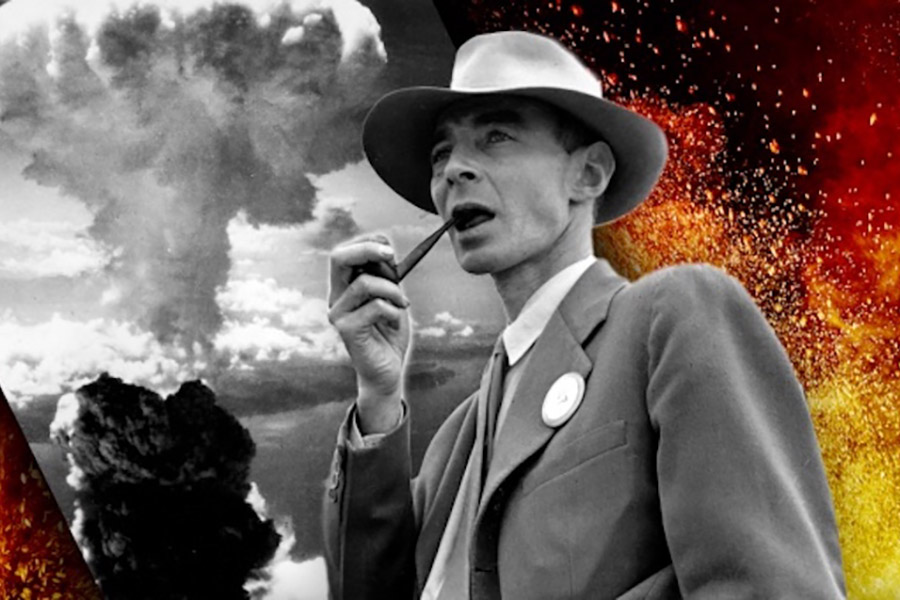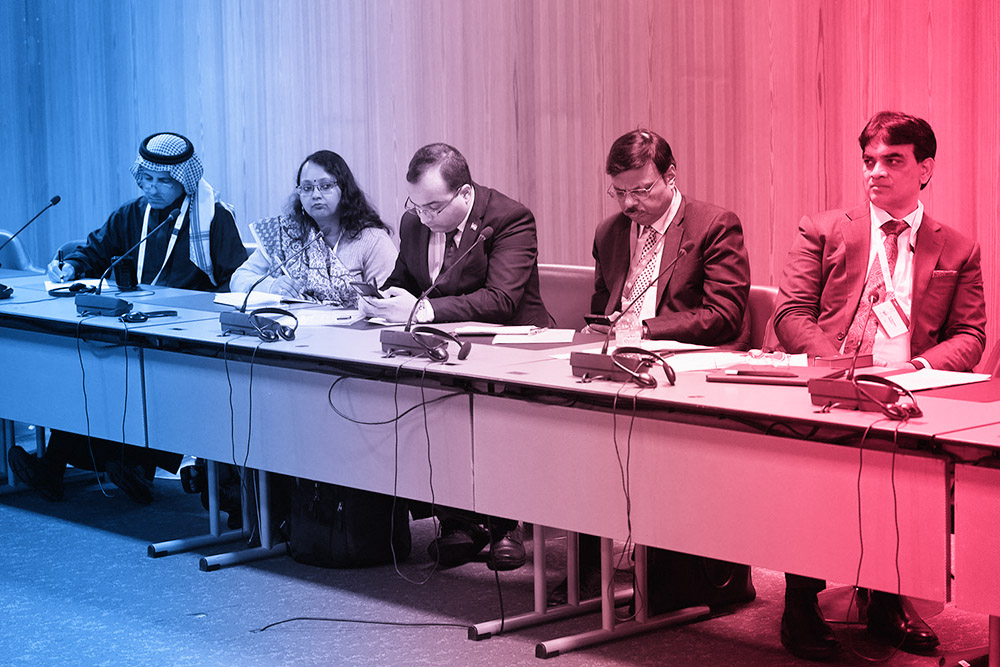Nur Sultan
November 12.2019
1- The nuclear arms control landscape is disheartening. There is a general agreement among experts that the nuclear threat is more dangerous than at any time since the Cuban missile crises. In addition, the nuclear arms control regime is literally collapsing and the one remaining treaty, New Start, expires in a little over a year with renewal still in doubt. All nuclear weapon states are in a rush to modernize their arsenals, including developing hypersonic delivery systems and usable low yield nuclear weapons. They are projecting distrust and engaging in a blame game with no sign of meaningful dialogue. The prevailing mindset is one of a zero sum game not one where we are all doomed in any nuclear conflagration, by design or accident.
2- The solemn and legal commitment to nuclear disarmament that the major nuclear weapon states entered into five decades ago and was an integral part of the NPT is eroding. This commitment totally contradicts recent statements by some nuclear weapon states and their allies. They opposed the Nuclear Weapon Ban Treaty on the basis inter alia that “the policy of nuclear deterrence has been essential to keeping the peace … for over 70 years”! This about face, in my view, punctures the foundation of the regime.
3- The regime rests on two mutual obligations; non-proliferation and disarmament. To try to make it stand on one leg, non-proliferation and amputate the other is to amplify its discriminatory nature of haves and have-nots and as a result rendering it unsustainable. A state facing a real or perceived security threat would be tempted to imitate the “big boys” and acquire the weapons of “power and prestige” those states are relying on. We have been hearing some such sentiments recently. The strides in technology and its rapid dissemination make that a realistic possibility.
4- The weapon states need to reverse course and show commitment to their disarmament obligations if they want to avoid an even more dangerous nuclear arms race. Some of the measures the weapon states could take include getting the 1996 CTBT into force rather than mulling over testing new weapons; negotiating among themselves the modalities for their collective adherence to the Nuclear Ban Treaty (TPNW); resuming negotiations of the Fissile Material Cut- off Treaty stalled in the Conference on Disarmament for nearly twenty-five years.
5- They can also pursue the idea of adopting a multilateral approach to the nuclear fuel cycle, uranium enrichment and plutonium separation, to better control the production of weapon usable material. A few years ago, when I introduced the idea there was a slew of proposals for assurance of nuclear fuel supply, resulting in the establishment of an IAEA low enriched uranium bank here in Kazakhstan and a low enriched fuel reserve in Russia. The principal idea of a multilateral approach to the new and existing enrichment and reprocessing facilities, like many other ideas relating to nuclear arms control, has however been shelved ever since.
6- Our principal challenge and priority today is to salvage what remains of the nuclear arms control architecture and consolidate it through the measures I just mentioned. There is an equally urgent need to develop technology to combat cyber-attacks on command and control systems; an alternate command and control system to delay or prevent the so-called “prompt launch” where leaders of nuclear weapon states have less than ten minutes to respond to a reported nuclear attack. We must also control the terrifying new technologies such as hypersonic delivery systems, nuclear powered missiles and weapons in space.
7- In parallel, we should start discussion and research on a security system that does not rely on nuclear weapons. What will it look like? What are its basic elements? How is it going to work? An agreed model of collective security that does not depend on nuclear weapon is indispensable in the pursuit of nuclear disarmament. Kazakhstan, a trailblazer in nuclear disarmament, could be the hub of such an undertaking.
8- The few areas I briefly touched upon show that we are not short on ideas. Our mindset is holding us back; the refusal to understand that the existing paradigm cannot last and that the obscene inequality and increasing polarization between and within nations, could easily lead us to self-destruction. We seem to be stuck in the past, unable to recognize that the world has fundamentally changed and that we must think and act differently, as the young generation keeps reminding us.
9- The late J. Robert Oppenheimer, one of the fathers of the atomic bomb, remarked after the detonation of the first bomb “we knew the world would not be the same”. This was over seven decades ago, and the world has never been the same many times over. It is about time that we extricate ourselves from this foreboding scenario. Equity, cooperation and human solidarity, not mutual assured destruction should be our guiding principles. Time is not on our side.
Jonathan Granoff is the President of the Global Security Institute, a representative to United Nations of the World Summits of Nobel Peace Laureates, a former Adjunct Professor of International Law at Widener University School of Law, and Senior Advisor to the Committee on National Security American Bar Association International Law Section.

